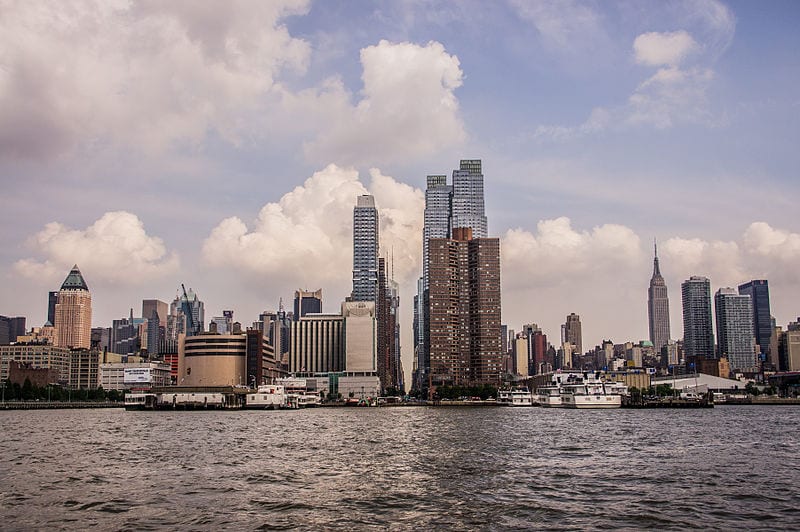New York says the EPA’s decision is evidence that the Trump administration cares more about big businesses than people.
New York is organizing a lawsuit against the Environmental Protection Agency, saying it let General Electric Co leave the Hudson River polluted.
Reuters reports that the planned lawsuit was announced Thursday by Governor Andrew Cuomo and state Attorney General Letitia James. They claim that the EPA issued a “certificate of completion” to General Electric, allowing it to pause its clean-up until an investigation could formally deem it done.
Cuomo is accusing the White House of letting big business have its way with the environment and New Yorkers’ health.
“Time and time again the Trump administration puts corporation and polluters’ interests ahead of public health and the environment,” Cuomo said.
“Since the EPA failed to hold GE accountable for fulfilling its obligation to restore the river, New York State will take any action necessary to protect our waterways,” the governor added.
New York, notes Reuters, is one of many predominately Democratic states which have sued the administration over its lack of regulatory oversight.
Since taking office, President Donald Trump has fought to downsize the EPA and reduce the means by which it can enforce federal rules and retaliate against violators. The agency’s first director under Trump, Scott Pruitt, was the former Attorney General of Oklahoma.
As a Midwestern prosecutor, Pruitt repeatedly sued the EPA—in one case, arguing against the clean-up of the Chesapeake Bay, among the most polluted estuaries in the United States. Pruitt also pressed President Trump to pull out of the Paris Accord on Climate Change, which he did quickly after entering the White House.
Critics like Cuomo say the agency’s decision to not to make General Electric resume dredging in the Hudson is proof Washington has bungled priorities.
But EPA Regional Administrator Peter Lopez claims more time and testing are needed to assess the impact of GE’s efforts. The company, reports the Associated Press, has already spent about $1.7 billion on the Hudson.
Lopez says there’s no reason to think that the EPA can’t compel General Electric to resume clean-up if its initiative is deemed unsatisfactory.
“GE is not off the hook,” Lopez told reporters. “If new information comes in that causes EPA to conclude that more work is needed to protect public health and the environment, we can and will require GE to take that action.”

The Environmental Protection Agency’s recently-released five-year review of the Hudson River’s health was inconclusive. While it couldn’t determine the lasting impacts of pollution on fish, water and sediment, the EPA did say there are hints of progress.
According to the AP, General Electric has succeeded, to some degree, in removing highly contaminated sediment.
Up until the mid-1970s, G.E. factories in New York and along the Upper Hudson discharged more than a million tons of industrial chemicals into the river. Known as PCBs, the pollutant—used as a coolant and lubricant for electrical equipment—is a suspected carcinogen.
PCBs were banned in 1977.
While Lopez and the EPA urge spectators not to jump to any conclusions, GE believes the reprieve signals its clean-up is succeeding.
“GE will continue to collect environmental data to assess ongoing improvements in river conditions and to work closely with EPA, New York State, and local communities on other Hudson environmental projects,” the company said in a statement.
New York contends the work is “incomplete” and that the EPA’s decision to relieve pressure could make it difficult to compel General Electric to restart dredging, if later deemed necessary.
Sources
Addressing Nutrient Pollution in the Chesapeake Bay
Cuomo Threatens Lawsuit Against EPA Over Hudson River Cleanup
EPA won’t make GE restart Hudson dredging for now
New York plans to sue EPA over GE’s ‘incomplete’ Hudson River cleanup


Join the conversation!